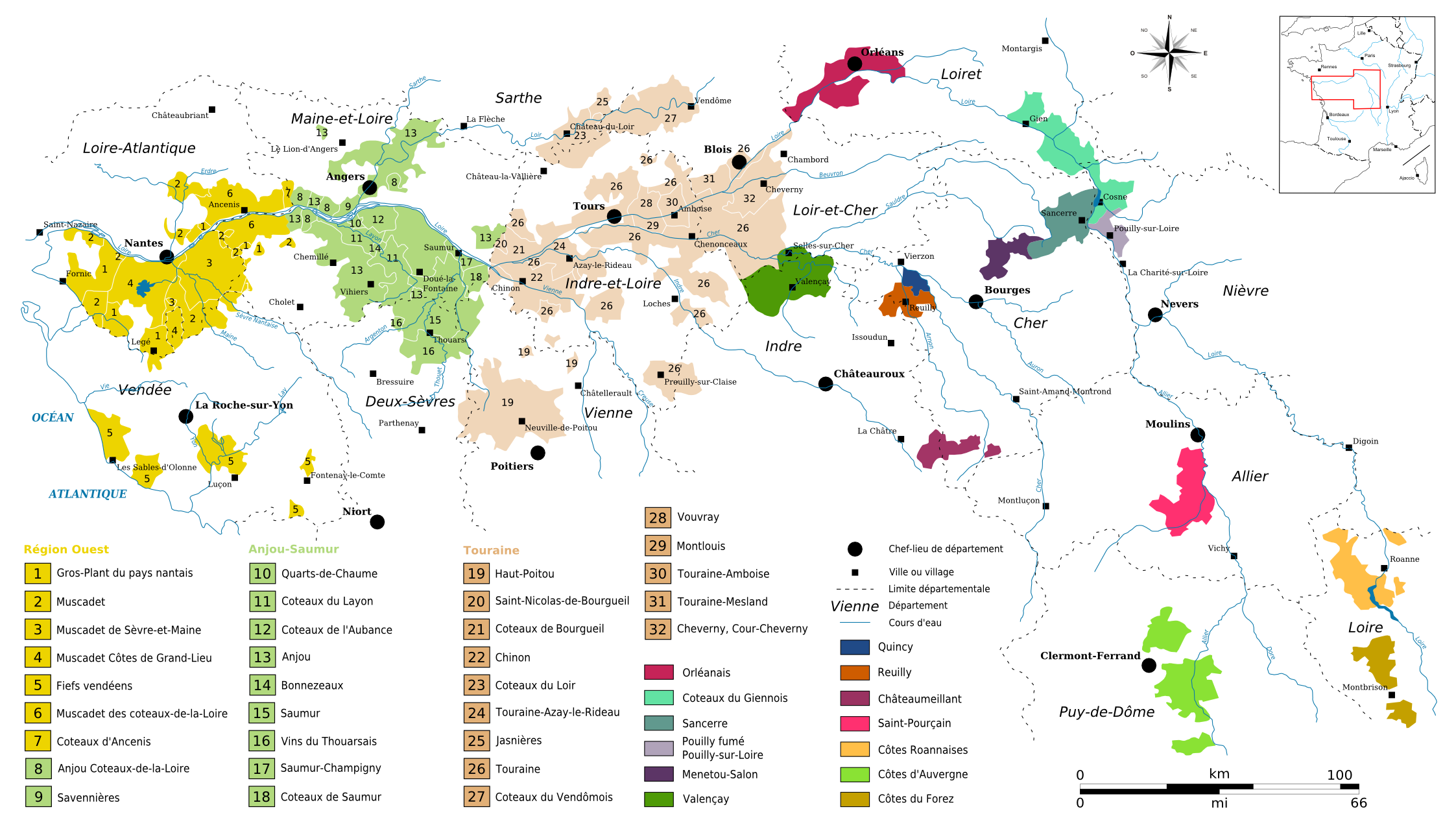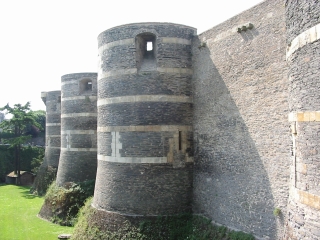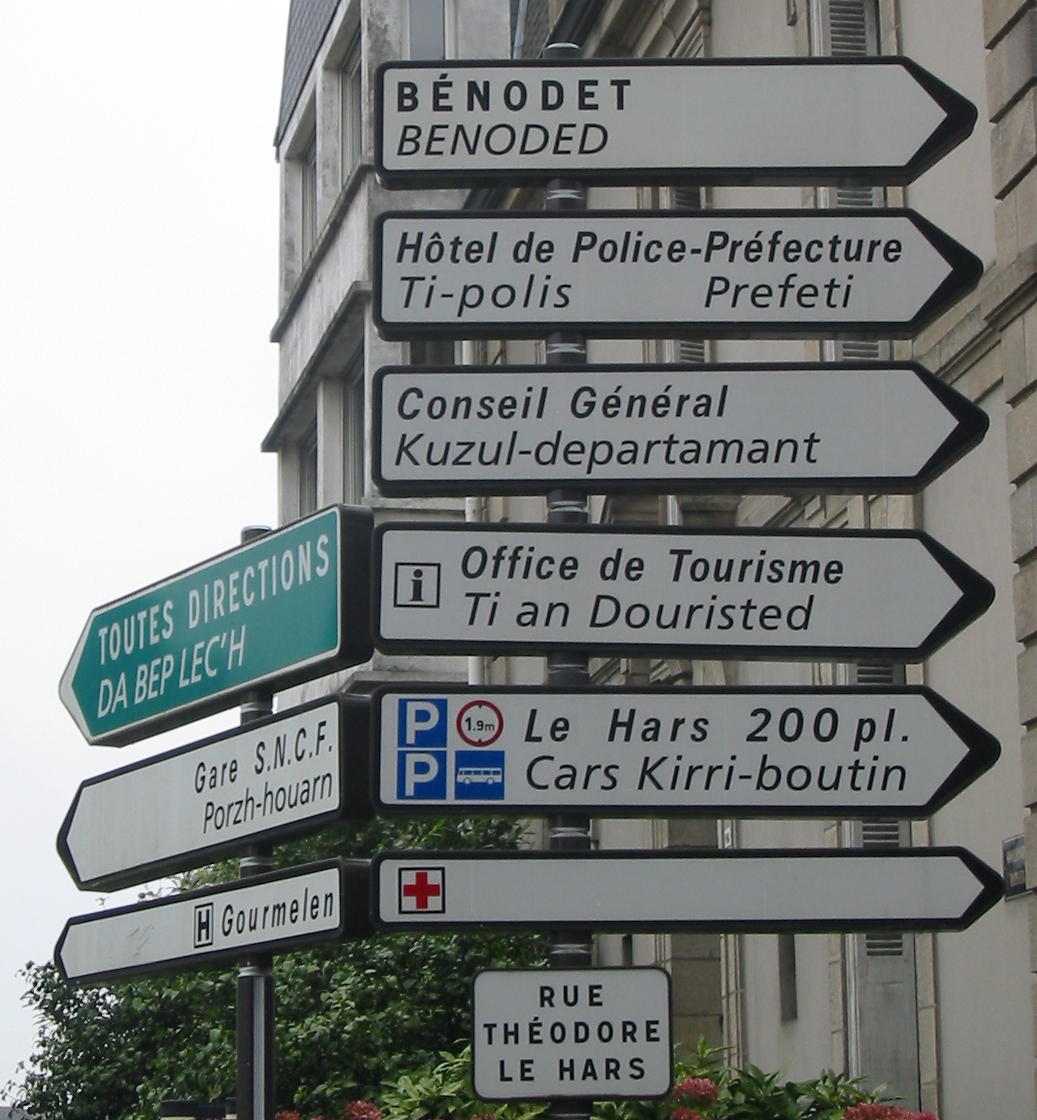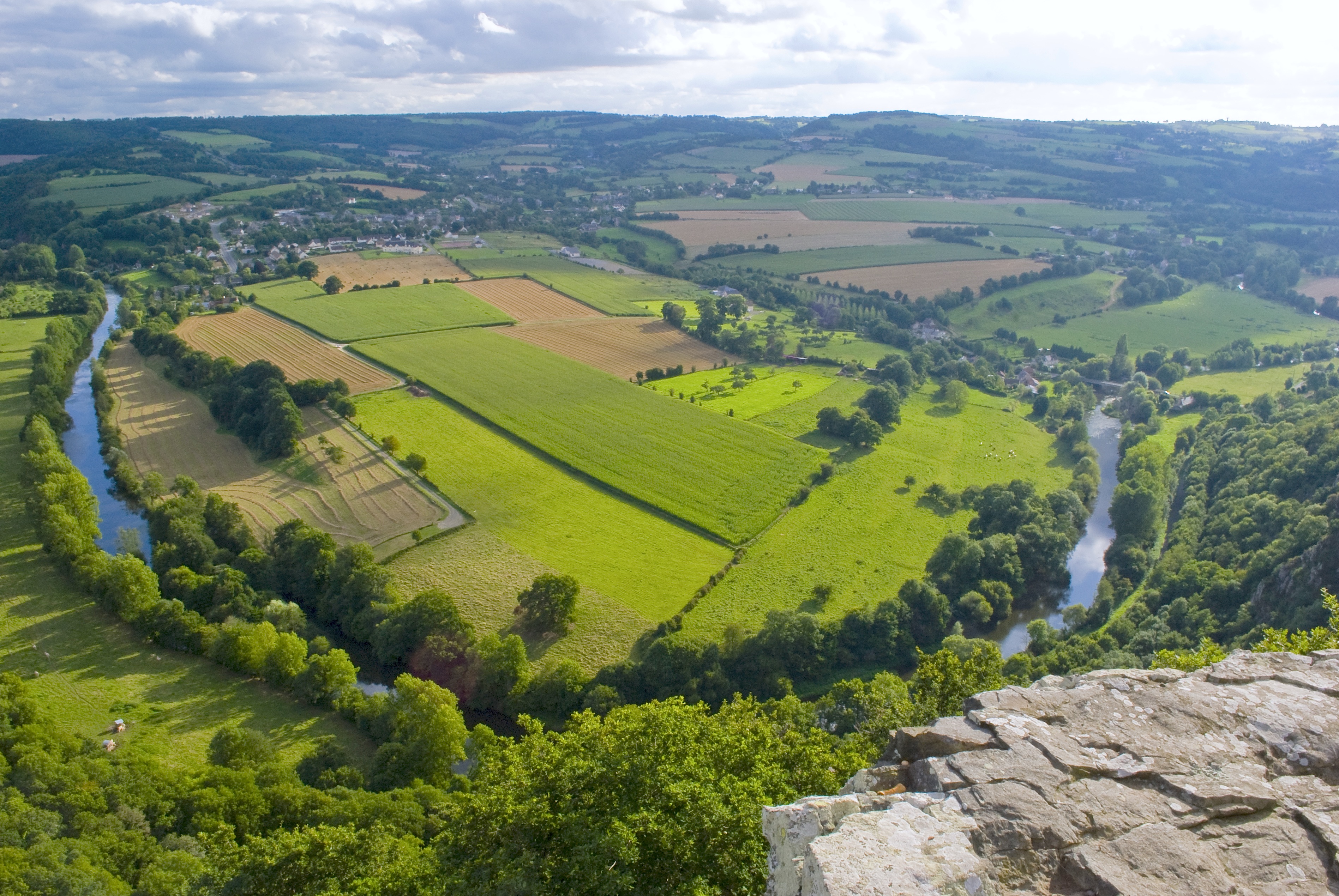Last week, we obsessed a little about Eleanor of Aquitaine (Alienor d’Aquitaine) and mostly ignored any other attraction of Poitou-Charentes. With Eleanor dead for some eight centuries now, some updating of the region’s charms may be in order.
Mais alors, non. Even the Wiki travel page for Poitiers notes “there isn’t a lot to do” in this pleasant, small city. It is the opposite of the tourist town lament, “a great place to visit, but I wouldn’t want to live there.” Poitiers and other towns in Poitou-Charentes, such as La Rochelle, may be great places to live, but they don’t attract many tourists.
If one lived there, what would one eat? What did Eleanor eat? Likely she dined on some of the same delicacies still served in the region today. With a long Atlantic coastline, the Poitevins have long relied on les fruits de mer for sustenance. Oysters, mussels cooked in wine or cream, fish, eels and cuisses de grenouilles (frogs’ legs). The region also is rich in agriculture, so animal meats, cheeses and produce are fresh and plentiful.
Poitou-Charentes’ most celebrated contributed to world gastronomy is cognac, the exquisite brandy made from white grapes. It is not an ancient spirit; Eleanor almost certainly did not know it. Although wine historians say cognac may have been produced and consumed locally in the early 15th century, it didn’t really get going until the 16th century when Dutch merchants sought a better method of preserving wine for their long journeys home. Enter distillation, then later a double distillation, and the discovery that the resulting product was quite delicious before being diluted with water as the Dutch had intended.
Cognac is aged in oak barrels from the Limousin province directly to the east of Poitou-Charentes. Both Poitou-Charentes and Limousin are now part of the administrative region called Nouvelle Aquitaine, and as I think we’re unlikely to revisit Limousin on this tour, we’ll make a brief mention now. Limousin is a forested region renowned for timber, beef cattle and chestnuts. It also gets promoted frequently to British people as a cheaper alternative to the neighboring Dordogne region, sometimes called Dordogneshire due to its popularity for cross-channel second homes. The English have been in this region for centuries, ever since Eleanor’s days!
Back to cognac. Victor Hugo called it “the liquor of the gods.” Napoleon liked it, too. We have a bottle of Courvoisier, which claims to have been the emperor’s favorite.

Today, cognac is enjoyed worldwide, mostly in China where it is a symbol of luxury, and also by American rappers. According to a recent e-magazine feature, cognac is currently experience a resurgence of popularity – perhaps thanks to Jay-Z and P. Diddy – although not in France. The French protect it with an appellation d’origine contrôlée but only keep about 3 percent for their own consumption, unlike armagnac, a brandy from the Gascogne which is hard to find outside of France. (We have a bottle of armagnac, but we’ll get to that in a few weeks.)
As I have always thought of cognac as an after dinner drink, I decided to pair it with a cheesecake specialty from Poitou-Charentes. It worked well together! The cake, called tourteau fromagé, is quite simple to make, although mine did not achieve the traditional burnt crust, perhaps because I have a gas oven which is notoriously hostile to browning.
One of my favorite food writers, Clotilde of the Paris-based Chocolate & Zucchini blog, describes the history and significance of this dessert, along with a photo of what it is supposed to look like. And here is mine:

Despite its unburnt crust, it was delicious, and as my husband said, the lack of burning gave us more to eat.
I used a fresh local chèvre, or goat cheese, that was already quite dry and did not need to be further drained. I followed this recipe. Also, I did not have the proper mold, so I improvised with a small springform pan (for the one pictured above) and my English pudding steamer for the second one. They were equally good.
I’m also too lazy to trim my pastry crust to look pretty.
With a small glass of cognac, this was an excellent treat!
Next week: Bordeaux.








































